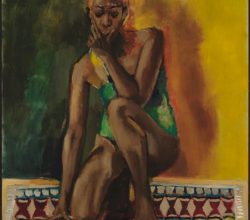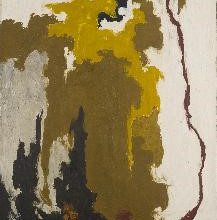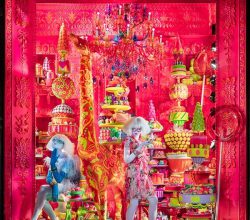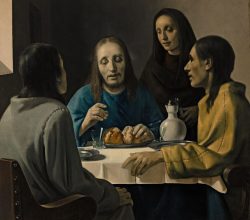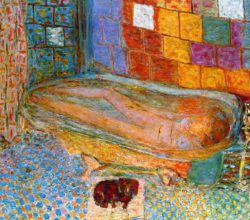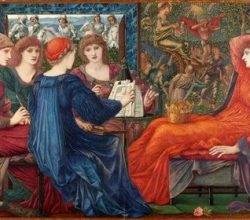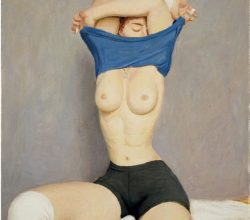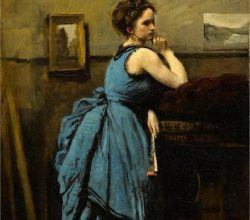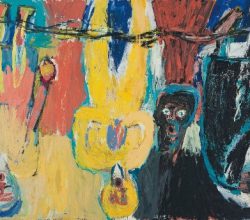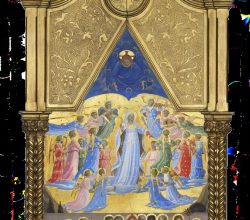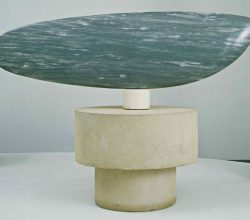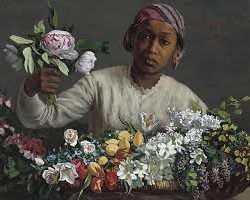
Posing Modernity: The Black Model from Manet and Matisse to Today
Jason Rosenfeld | The Brooklyn Rail | 13th December 2018
Black women appear frequently in Impressionist art, reflecting a Paris that was becoming multi-racial. What has escaped everyone’s notice is that these women were depicted matter-of-factly, without racial tropes. This shift, radical for the time, is highlighted in a landmark show that is “singular in illuminating fully [this change] while pulling its theme … thrillingly into the present.”

